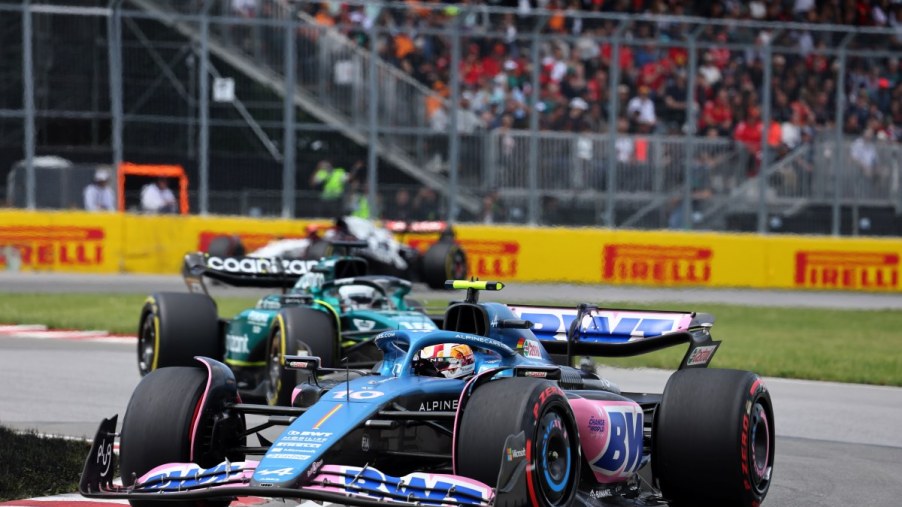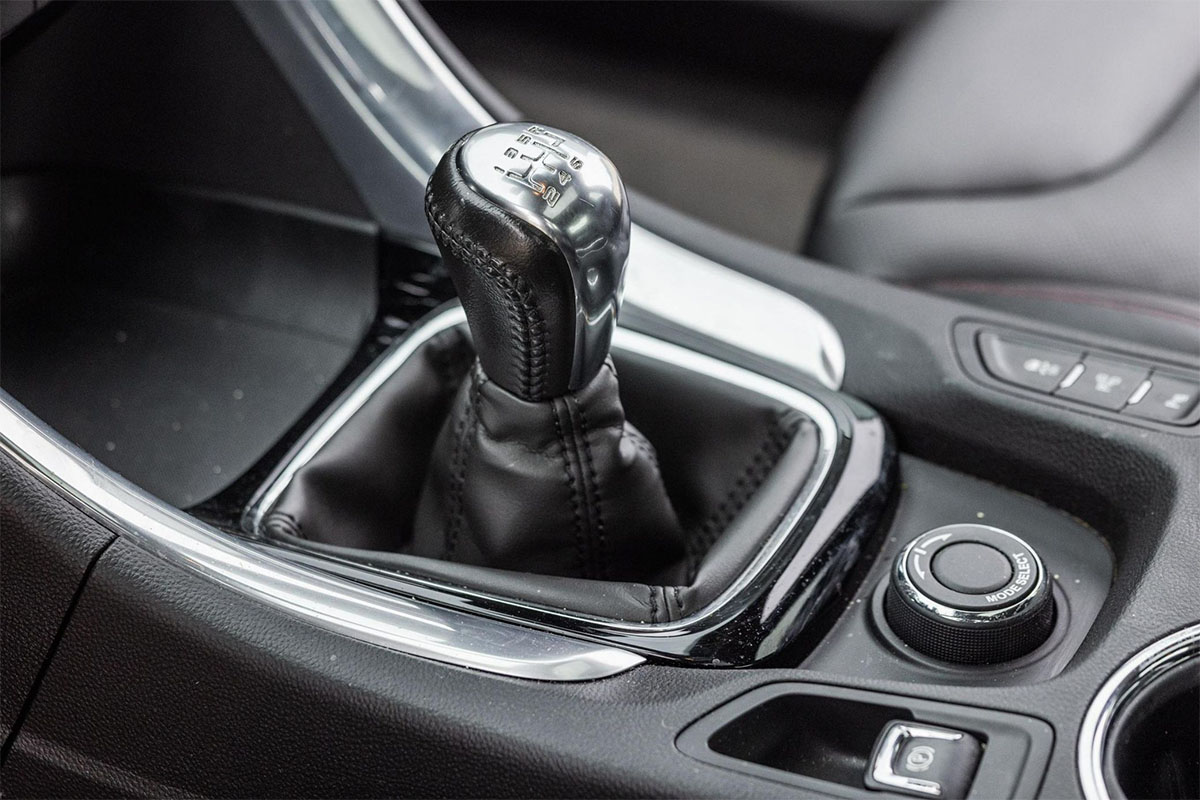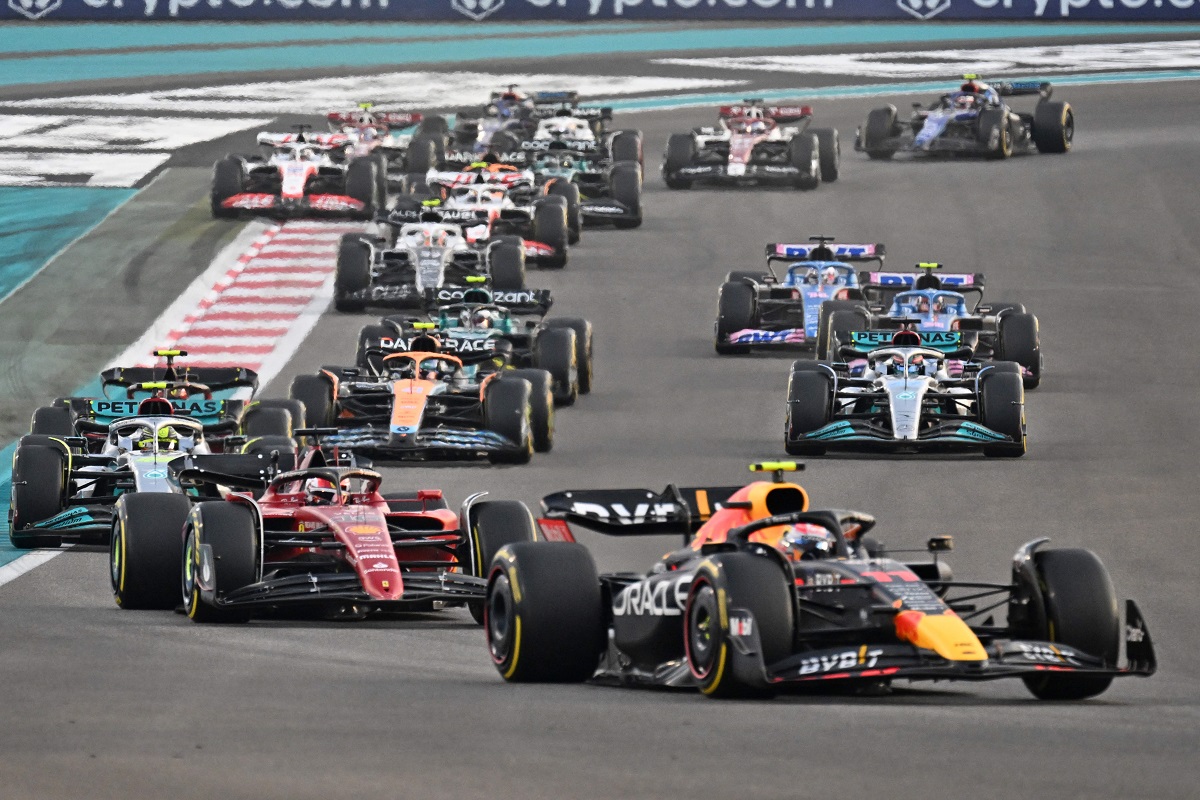
4 Techniques Formula 1 Drivers Use That Can Help You on the Road
In this article:
Formula 1 drivers have a unique driving skill set that most of us could never remotely match. But there are some Formula 1 driving techniques that can help with daily road driving. Different techniques for braking and steering can make you smoother, quicker, and safer, whether you’re on a weekend joyride or you’re looking for a better pace on track.
How do Formula 1 drivers brake into corners?
In Formula 1, most passes occur in the braking zones. The driver who can apply the brakes most effectively has a big advantage over his or her competitors. One technique Formula 1 drivers use that will make you a better road driver is trail braking.
In essence, trail braking is the act of slowing down and cornering at the same time. But it’s more complex than that. If you hold full brake pressure while turning into a corner, you’ll overwhelm the front tires and lose cornering capability altogether.
Instead, trail braking involves braking hard in a straight line, and then rolling off of the brakes as you start to turn. This allows you to brake later for a corner, but still slow down enough to successfully make it around the corner safely. Is this a technique you should use every day? Absolutely not.
But for those moments when you notice your turn a little too late, this technique can help you make that corner without veering into the oncoming lane. Just remember, you have to slowly release brake pressure as you turn the steering wheel in order to maintain grip in the front tires.
Heel-toe downshifting is a difficult driving technique to master

In conjunction with trail braking, heel-toe downshifting can help slow your car more quickly than the brakes alone. This technique involves keeping brake pressure with the ball of your right foot and using the outside of your right foot to blip the throttle while you use your left foot on the clutch to downshift.
It’s a complex technique, and one not used in Formula 1 anymore, thanks to paddle shifters and left-foot braking. But for us members of the Manual Preservation Society, this old-school Formula 1 driver technique is just another way to control your car more effectively.
Like trail braking, downshifting isn’t something you should do every day. But when you need to slow down in a hurry, knowing how to heel-toe downshift while braking can help you stop that much more quickly.
The Formula 1 driving technique of slow in, fast out makes you a safer driver

The Formula 1 technique of slow in, fast out is a theory of cornering that is both easy on equipment and prevents overshooting a corner and losing time. But on the road, the slow in, fast out concept is simply a way to ensure you’re driving safely, even on slippery surfaces. In essence, you want to make sure you make it to the middle of the corner as safely as possible so you can freely accelerate away as the road straightens out.
In racing, this offers a big advantage on the straights, as drivers can get to the accelerator earlier in the corner and have more top speed before the next turn. On the road, this technique is great for making tires last and it makes for a smoother driving experience overall. You’ll be able to more confidently approach corners, and your passengers will appreciate a less frenetic ride, even on winding mountain roads.
Smooth inputs make you both faster and safer

The last but most important Formula 1 driver technique to improve your road driving is simply smoothing your inputs. Braking hard, accelerating hard, and cornering sharply are all hard on your tires and your car in general. Driving aggressively but without technique is a recipe for bigger repair bills and accelerated maintenance intervals.
Instead, being smooth on the steering wheel, brakes, and throttle makes for a more pleasant drive and will keep your car happier in the long run. And we’re not talking about Driving Miss Daisy, either. You can still be a spirited driver, but smoother inputs will be both faster and easier on your car. Watch the hands of the best Formula 1 drivers and you’ll notice that they don’t yank the steering wheel back and forth unless they’re catching a slide. Instead, it’s all about being as smooth as possible in order to avoid unsettling the car and losing control at breakneck speeds.
Use these Formula 1 driving techniques to be a better road driver
We’re not saying you should be using these techniques on your way to work. Nor should you try any of these without first practicing in a safe environment, such as a racetrack, autocross, or an abandoned parking lot. However, understanding how to use each of these Formula 1 techniques in your own car will make your weekend joyrides even better. And they can even help make you a safer driver on slick surfaces like snow and rain.




